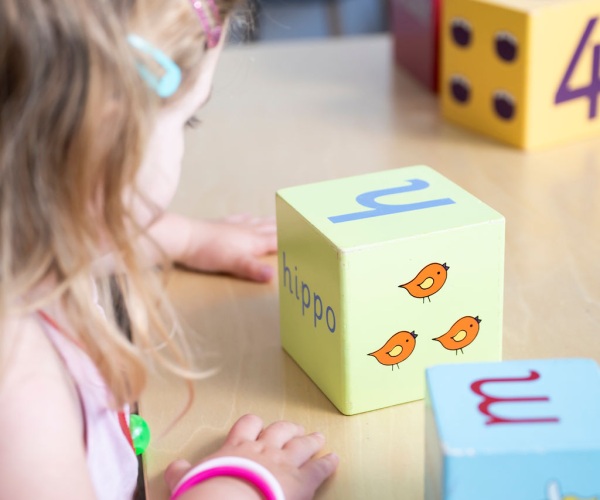Each therapy session is tailored to the individual’s unique needs and goals, but there are some common elements you can expect:
1. Initial Consultation
Before therapy begins, your therapist will conduct an assessment to understand your child’s strengths, challenges, and goals. This may involve:
- Standardised tests and informal playbased observations
- Discussions about medical and developmental history
- Parent, teacher, or caregiver input (for children)
The aim of the initial consultation is to create a safe and comfortable space for you and your child and gather information to inform and develop a personalised therapy plan that targets the most important areas for improvement.
2. Goal Setting
Once the assessment is complete, the therapist will work with you (or your child and family) to set realistic, achievable goals. These goals may focus on areas such as:
- Speech Therapy – Improving speech sounds or language skills, enhancing social communication abilities.
- Occupational Therapy – Developing fine motor or self-care skills, managing sensory sensitivities, improving attention and executive functioning skills.
3. Active Therapy Sessions
Each session is designed to be engaging and structured to maximise progress. Some typical activities include:
- For Speech Therapy: Play-based learning for children, articulation exercises, language comprehension tasks, social communication practice, and voice training.
- For Occupational Therapy: Play-based learning for children; Handwriting exercises, sensory integration activities, self-care practice, and strategies for improving attention and coordination.
Therapists use evidence-based approaches and hands-on activities tailored to the client’s goals and preferences to make sessions effective and enjoyable.
4. Home Practice and Parental Involvement
Therapy doesn’t stop when the session ends. One of the most critical parts of progress is applying what is learned in therapy to everyday life. Therapists provide guidance on home exercises and/or practical strategies for parents, caregivers, and clients to embed skills in real-world settings and your family routines.

